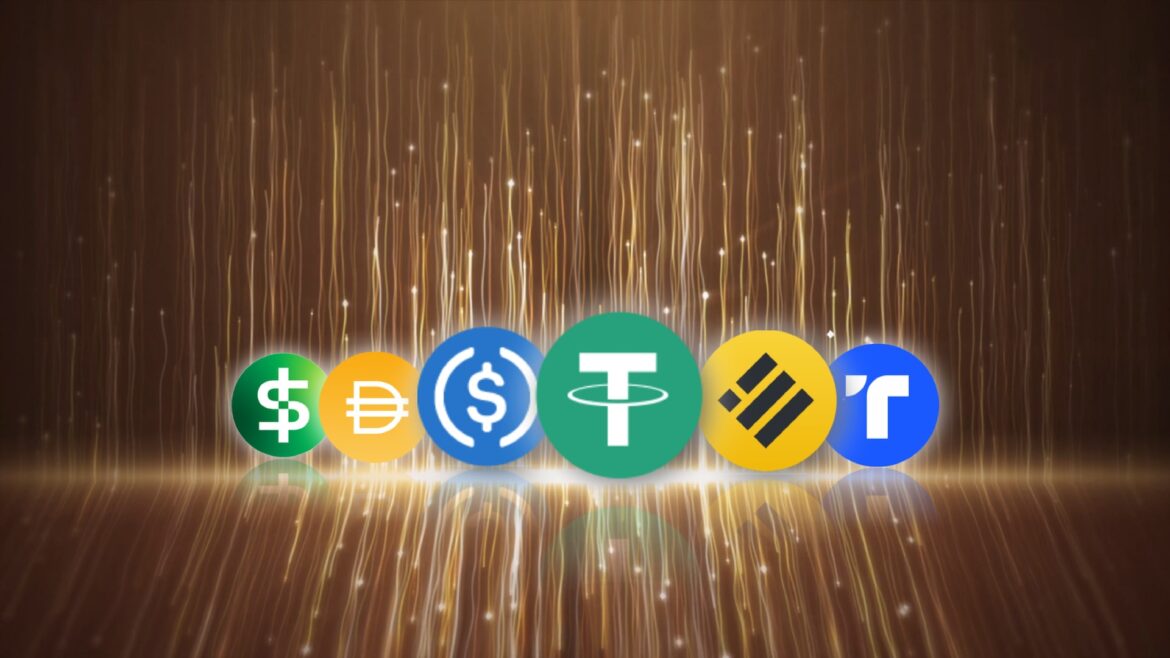Stablecoins represent a revolutionary intersection of technology and finance, promising to redefine financial inclusion. This article delves into how these digital assets could transform access to financial services, exploring both the vast opportunities and the significant challenges they present. Additionally, if you want to know more about investments and firms, you may visit this free registration.
The Concept of Financial Inclusion
Financial inclusion is a concept pivotal to the modern economic narrative, encompassing a range of strategies aimed at providing affordable, accessible financial services to all segments of society, particularly the underserved and unbanked populations.
At its core, financial inclusion seeks to bridge the gap between those who have full access to essential financial services and those who are marginalized or excluded from the traditional banking system.
The significance of financial inclusion lies in its ability to empower individuals and communities. Access to basic financial services such as savings accounts, credit, insurance, and payment systems can play a transformative role in people’s lives.
It allows individuals to save for future needs, invest in business opportunities, manage risks through insurance, and engage in financial transactions with greater ease.
For many in developing countries or low-income communities, these services are not just conveniences but necessities that can lead to improved livelihoods, economic growth, and poverty reduction.
Stablecoins and Their Potential in Financial Inclusion
In the realm of modern finance, the emergence of stablecoins presents a unique opportunity to enhance financial inclusion. These digital assets pegged to more stable reserves like fiat currencies or other assets, offer a reliable means of transaction in the volatile world of cryptocurrencies. The potential of stablecoins in broadening access to financial services is significant, especially in regions where traditional banking systems are either inaccessible or inefficient.
One of the most compelling advantages of stablecoins is their ability to reach underserved communities. Unlike traditional banking systems that often require a plethora of documentation and stable financial history, stablecoins provide a simpler and more accessible entry point into the financial world.
This is particularly important in developing countries, where a significant portion of the population lacks access to basic banking services. By leveraging blockchain technology, stablecoins enable swift and secure transactions, opening up possibilities for people to engage in the global economy who were previously excluded.
Moreover, stablecoins can dramatically reduce costs and improve the efficiency of financial transactions. Traditional banking systems are notorious for their high transaction fees, especially in the case of international transfers. Stablecoins, on the other hand, operate on blockchain networks that significantly lower these costs, making it easier and more affordable for individuals and small businesses to perform transactions.
Challenges and Risks
While the integration of stablecoins into the financial system heralds a new era of potential for financial inclusion, it’s imperative to address the challenges and risks associated with their use. A primary concern lies in the regulatory domain.
The current regulatory landscape for stablecoins is a patchwork of national guidelines and international standards, lacking uniformity and clear direction. This situation presents a significant hurdle for widespread adoption, as both users and issuers of stablecoins navigate an uncertain legal environment.
Another major challenge is the market volatility associated with cryptocurrencies, including stablecoins. Despite being pegged to stable assets, stablecoins are not entirely immune to market fluctuations. This volatility can be triggered by various factors, including investor sentiment, regulatory news, and broader economic conditions.
Such fluctuations can pose risks to individual users, especially those who rely on stablecoins for daily transactions or as a store of value. For populations in unstable economic environments or those with limited financial literacy, these risks are amplified.
Security concerns also loom large in the world of stablecoins. The digital nature of these assets makes them susceptible to cyber threats, including hacking and fraud. While blockchain technology offers a level of security through its decentralized and encrypted structure, no system is entirely foolproof.
The risk of theft or loss of assets can be a significant deterrent for potential users, particularly those unfamiliar with digital asset management.
Furthermore, the reliance on technology for the use of stablecoins can be a double-edged sword. While it enables easy and rapid transactions, it also creates a dependency on digital infrastructure, which is not uniformly available or reliable across different regions of the world.
This reliance could inadvertently exclude those without access to the necessary technology, thus creating a new form of financial divide.
Conclusion
In summary, stablecoins hold great potential in reshaping financial inclusion and offering innovative solutions amidst challenges. Their effective integration into the financial ecosystem hinges on addressing regulatory, security, and accessibility concerns, paving the way for a more inclusive financial future.
Related Posts












